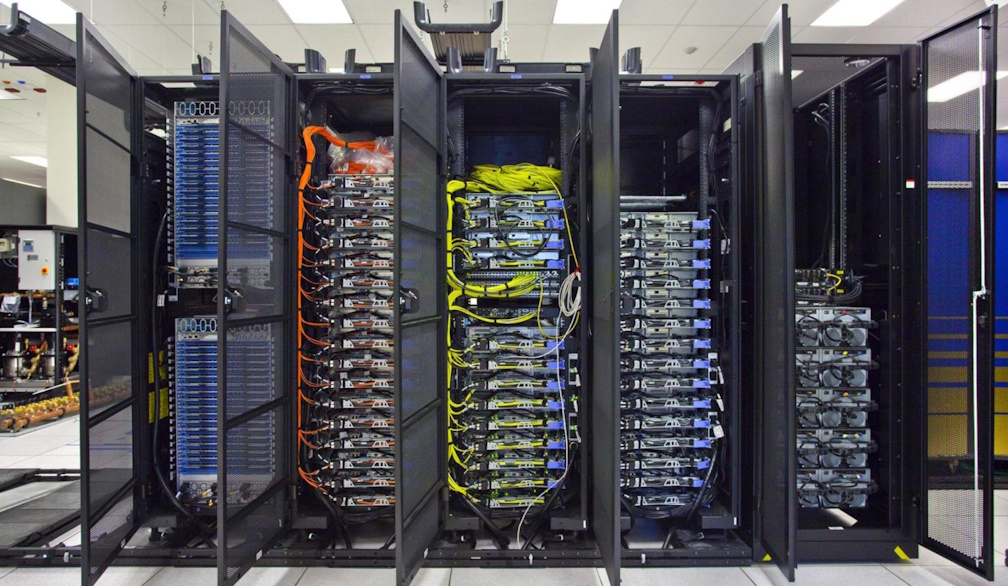Demystifying PLCs: A Beginner's Guide to Programmable Logic Controllers

Programmable Logic Controllers (PLCs) play a pivotal role in industrial automation. PLCs are the brains behind countless manufacturing processes, ensuring efficiency, precision, and reliability. If you're just stepping into the world of automation or simply curious about how these devices work, you're in the right place.
This beginner's guide will demystify PLCs, explaining what they are, how they function, and why they are essential in today's industrial landscape.
What is a PLC?
A Programmable Logic Controller (PLC) is a specialised digital computer designed for industrial applications. Unlike general-purpose computers, PLCs are tailored for controlling machinery and processes in factories, power plants, and various industrial settings. They are the go-to solution for automating tasks that involve repetitive sequences, real-time control, and the need for high reliability.
Critical Components of a PLC
To understand how PLCs work, it's essential to familiarise yourself with their core components:
-
CPU (Central Processing Unit): This is the brain of the PLC. It processes instructions, performs calculations, and manages data transfer within the system.
-
Input Modules: These modules receive signals from sensors, switches, and other devices in the field. Input modules convert these physical signals (e.g., temperature, pressure, or position) into digital data that the PLC can understand.
-
Output Modules: These modules control actuators, such as motors, valves, and relays, based on the processed data and programmed logic.
-
Memory: PLCs have different types of memory for storing programs, data, and system information. This includes RAM (Random Access Memory) for program execution and storage and ROM (Read-Only Memory) for storing the firmware and user programs.
-
Programming Interface: PLCs have specialised software that allows engineers and technicians to write, edit, and debug the control logic. Standard programming languages used in PLCs include Ladder Logic, Function Block Diagram (FBD), and Structured Text.
How Does a PLC Work?
PLCs follow a cyclical process called the "scan cycle" to execute tasks. Here's a simplified breakdown:
-
Input Scan: The PLC scans its input modules to read the status of sensors and switches in the field. It updates this data in its memory.
-
Program Execution: The CPU executes the user-programmed logic based on the input data. This logic determines the desired output actions.
-
Output Update: The PLC updates the status of its output modules, which control actuators or devices in the field.
-
Repeat: The scan cycle continues indefinitely, often occurring multiple times per second, ensuring real-time control and monitoring.
Why Are PLCs So Important?
PLCs offer several advantages in industrial automation:
-
Reliability: PLCs are built to withstand harsh industrial environments and are highly reliable. They are less prone to crashes or system failures compared to general-purpose computers.
-
Flexibility: Engineers can easily modify PLC programs to adapt to production needs without extensive hardware changes.
-
Real-Time Control: PLCs excel at real-time control, making them ideal for applications where precise timing and synchronisation are critical.
-
Safety: PLCs support safety features, such as emergency stop functions and fault detection, which are crucial for worker and equipment safety.
-
Ease of Use: Programming PLCs using graphical languages like Ladder Logic is relatively intuitive, allowing engineers and technicians to create and maintain control logic quickly.
-
Cost-Effective: PLCs are cost-effective solutions for a wide range of automation tasks, especially compared to custom-designed control systems.
Common Applications
PLCs are used in various industries and applications, including:
-
Manufacturing: Controlling assembly lines, robotic arms, and conveyor systems.
-
Energy: Managing power generation, distribution, and grid control.
-
Chemical Processing: Regulating temperature, pressure, and mixing in chemical plants.
-
Automotive: Monitoring and controlling machinery in automotive production.
-
Food and Beverage: Overseeing packaging, filling, and quality control processes.
-
Building Automation: Managing HVAC systems, lighting, and security.
Making the Most of Business Automation
Programmable Logic Controllers are the unsung heroes of industrial automation. They provide the brains and brawn behind the seamless operation of countless manufacturing processes and critical systems. With their reliability, flexibility, and real-time control capabilities, PLCs continue to drive efficiency and innovation across various industries.
As a beginner, you now understand what PLCs are, how they work, and why they are indispensable in the modern industrial landscape. If you're considering a career in automation or want to explore this fascinating field further, considering PLCs from a well-known brand is an excellent place to start your journey. Connect with such a brand now and discover the endless possibilities of automation.







